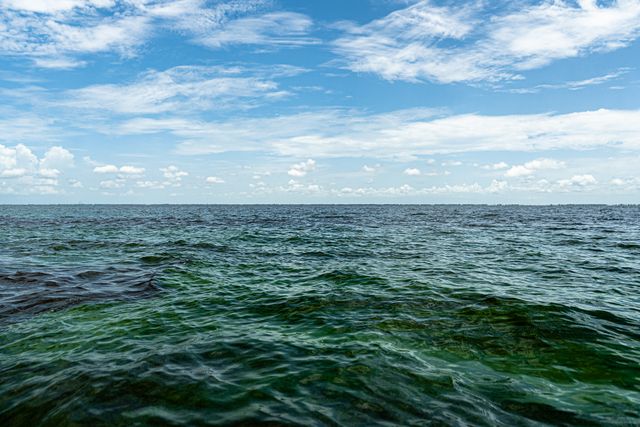IRLNews:2020/10/21/Army Corps Approves Okeechobee Plan Deviation
The Corps has approved a planned deviation from LORS 2008 in anticipation of and following freshwater Harmful Algal Blooms (HABs), to help reduce the risk of potential concerns associated with algal blooms in Lake Okeechobee, the St. Lucie, and Caloosahatchee estuaries while maintaining other project purposes.
"This planned deviation is an important tool which provides flexibility to hold back releases when Harmful Algal Blooms are most prevalent in favor of releasing more water from Lake Okeechobee when conditions are more favorable”, said Col. Andrew Kelly, Jacksonville District Commander. “The intent is to have no net change in release volumes between the current regulation schedule and the deviation -- it’s just a matter of timing. Our goal is to be as prepared as we can be to reduce the risks associated with Harmful Algal Blooms."
It is important to note that there are many species of algae, and some species do not produce toxins. Even the species that sometimes produce toxins do not produce them all the time, and not all algal blooms produce toxins. The Florida Department of Environmental Protection tests water bodies for toxins when algal blooms are reported. If a bloom produces toxins at a certain level, it is considered to be a Harmful Algal Bloom. An algal bloom does not need to have toxins to be considered a harmful algal bloom. An algal bloom that is negatively impacting tourism, recreation or the environment in a significant way can be considered a harmful algal bloom.
The planned deviation would allow the flexibility to make advanced releases from the lake to the estuaries to the east and west, larger than what LORS 2008 Part D calls for, and to make releases south, when LORS Part C does not recommend releases within the Beneficial Use Sub-band, Base Flow Sub-band, Low Sub-band, and the Intermediate Sub-band to the Water Conservation Areas (WCAs).
These advanced releases, done when the risk of HABs is low, would allow greater flexibility to reduce releases during times when HABs are present in the lake or estuaries.
Under the approved deviation, the Corps could release at rates greater than those called for in LORS at times when the risk of impacts of HABs are low.
Alternatively, the Corps could release less than LORS guidance, or suspend releases entirely when HABs are present on the lake or in the coastal estuaries.
The overarching goal is to release the same amount of water that we would have released by observing LORS guidance, but to improve the timing of the flows.
The operational strategy in the Final Revised Supplemental EA describes the conditions and the coordination necessary for water management actions to be taken under the planned deviation.
When a decision is made to take action, or there are changes to any water management decision, it will be communicated to stakeholders and the public via news releases and web and social media posts, in the same manner that operational changes have been communicated over the past several years.
Implementation of this deviation could begin in February 2021 at the earliest, but will be dependent upon current and forecasted conditions in the lake and estuaries at that time, as defined in the operational strategy).
The Final Revised Supplemental Environmental Assessment (EA) and Finding of No Significant Impact (FONSI) for the planned deviation from the Lake Okeechobee Regulation Schedule (LORS 2008), in order to reduce risk from Harmful Algal Blooms, along with the Operational Strategy, are available at: www.saj.usace.army.mil/Deviations. (note: large files may take a few minutes to download).
For more specific details on the planned deviation, you may download and view the LORS HAB Deviation Webinar presentation that was provided to the public on July 21, 2020, including the speaker notes in the comments, at: https://usace.contentdm.oclc.org/utils/getfile/collection/p16021coll11/id/4641 (note: large files may take a few minutes to download; speaker notes can be viewed by clicking on the comment icon callout on the far right side of the PDF file).
The Corps appreciates the ongoing efforts of the public to stay informed and remain engaged in our projects and operations. The feedback that we receive from stakeholders and members of the public provides important local knowledge that informs and improves our decision-making processes.

